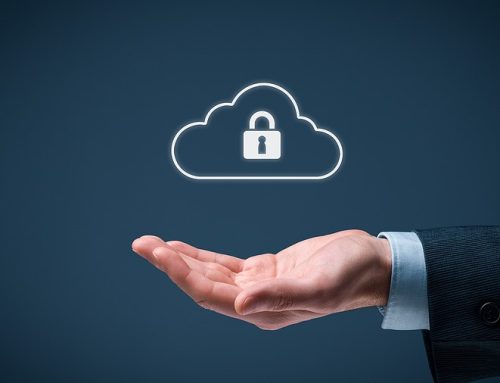A successful email migration process explained by Steve Jones
Your organization has decided to move email from one system to another. Perhaps you are upgrading from an outdated, on premises system and upgrading to Office 365. Knowing what to expect from the email migration process will help you prepare more effectively and avoid many common hiccups in the process.
We have learned that there is no such thing as 100 percent migration. However, with proper preparation, clear communication and a well-defined archiving solution, you will have everything you need to achieve a smooth transition and ensure compliance with any court mandates. Understanding the email migration process is essential.
Preparing for a Successful Email Migration Process
At Messaging Architects, we have successfully guided our customers through thousands of email migrations. Understanding what to expect is key in making informed decisions and achieving a successful migration. Some of the basic steps include:
- Planning phase – In the initial stage, we discuss the details of the project and examine the risks and impacts you should expect to encounter. We perform a thorough system review with you and help you determine how much data really needs to be transferred. Our migration covers everything from address books to future recurring calendar appointments, distribution lists and so forth. That said, some things will not, or perhaps should not, transfer. We will help you make those decisions.
- Email repository – Before you cut over to the new system, we create a repository of the majority of your emails and attachments. This archive is application-independent and helps reduce the risk of data loss. It also allows for eDiscovery requests to occur in the midst of a migration.
- Email policies – Once we have transferred your historical data to the central repository, we will guide you through the process of determining email policies around what to migrate to the new system and what should remain archived.
- Communication plan for end users – In order to minimize the impact on your end users, we have created emails for you to send throughout the process so that they know what to expect.
- Cut-over to new system – Because most of the data transfer happens in the background prior to the go live date, most end users will see little disruption to their work. Typically, the final step of migration is scheduled to occur over the weekend, requiring a few hours of email downtime.
Email Migration Support
Throughout the email migration process, we address questions and concerns and provide migration support to resolve any issues that arise. When problems do occur, we circle the wagons. We get together a team to identify and tackle issues one by one, looking outside the box to find workable solutions even to complex issues.

Pro Tip: Documentation is Key
While your migration consultants will walk you through the email migration process, you can help achieve a smooth project by implementing some information technology best practices. One of those is technical documentation.
Avoid the situation in which key technicians leave the organization, and vital information leaves with them. Take the time to write down the basics of how the system works. Keep a list of passwords and accounts.
Making Lives Better
At Messaging Architects, we know that email is central to your communication. And, that having that system run smoothly is essential. We look at an email migration process as an opportunity to help your organization improve. Our goal is to give you more than required to make sure that your lives are better as a result.
Steve Jones joined Messaging Architects nine years ago. Notably, he built a wealth of experience as a senior support technician before moving into project management. As a project manager, Jones works with organizations throughout the United States and internationally. In Brief, he works hard to ensure smooth email migrations, provide consulting on Exchange and Office 365 and aid regulatory compliance with email archiving.







